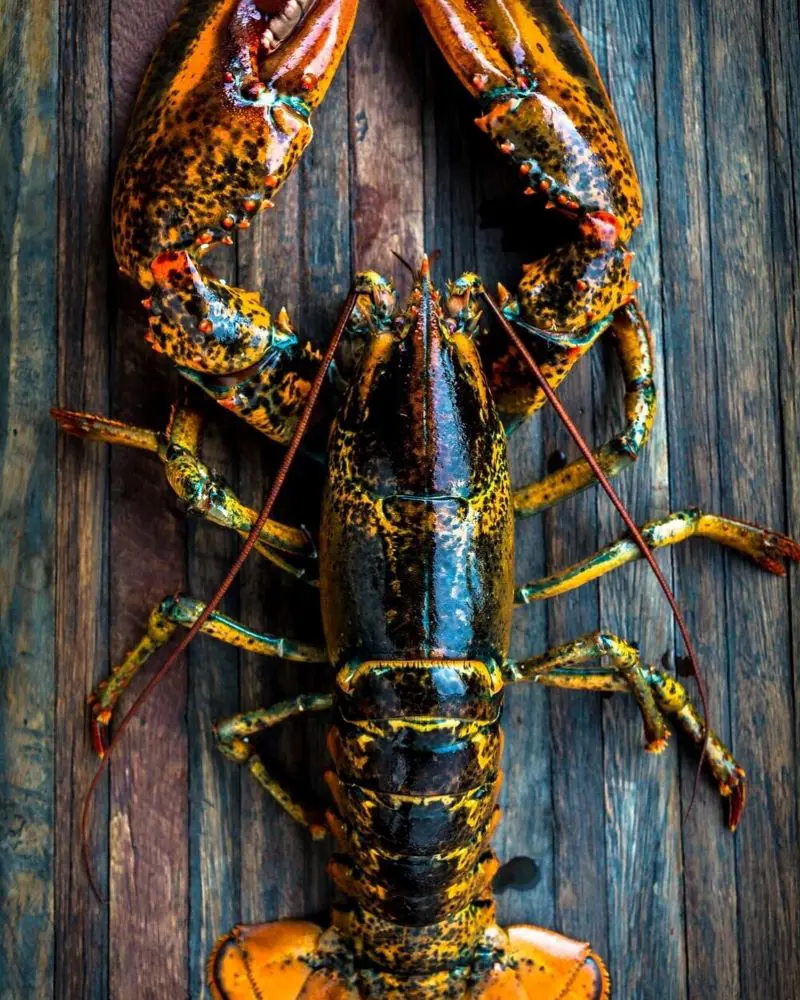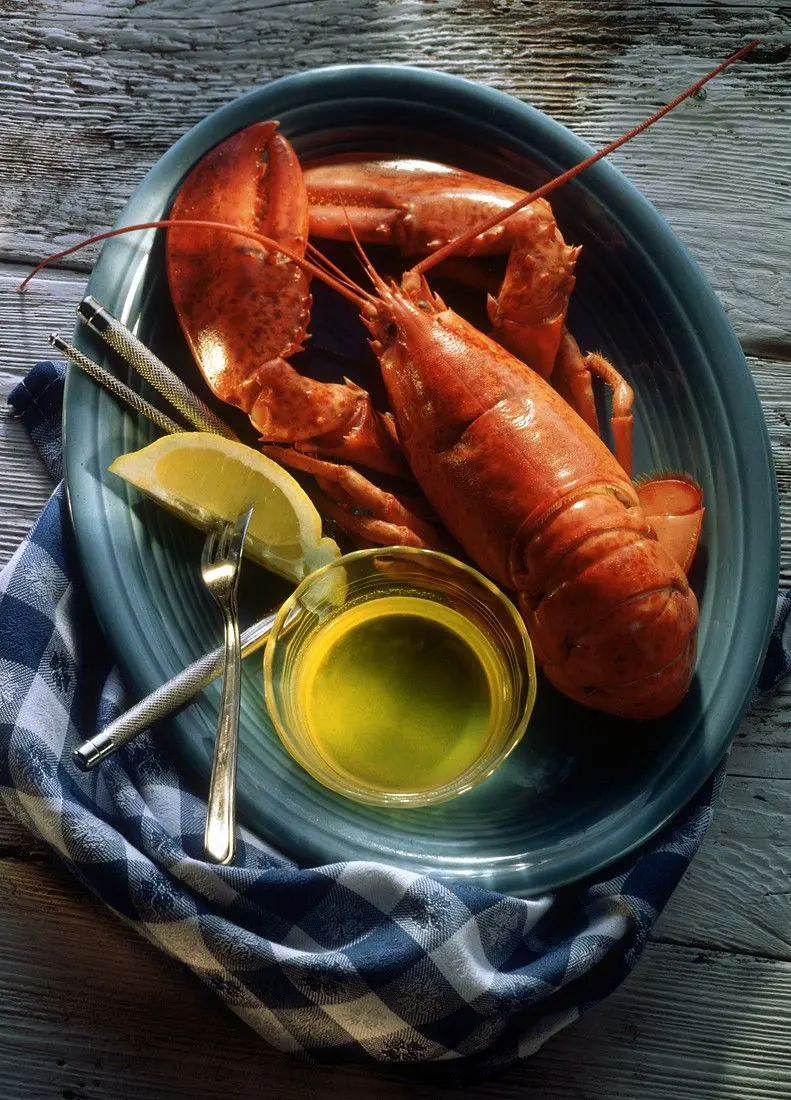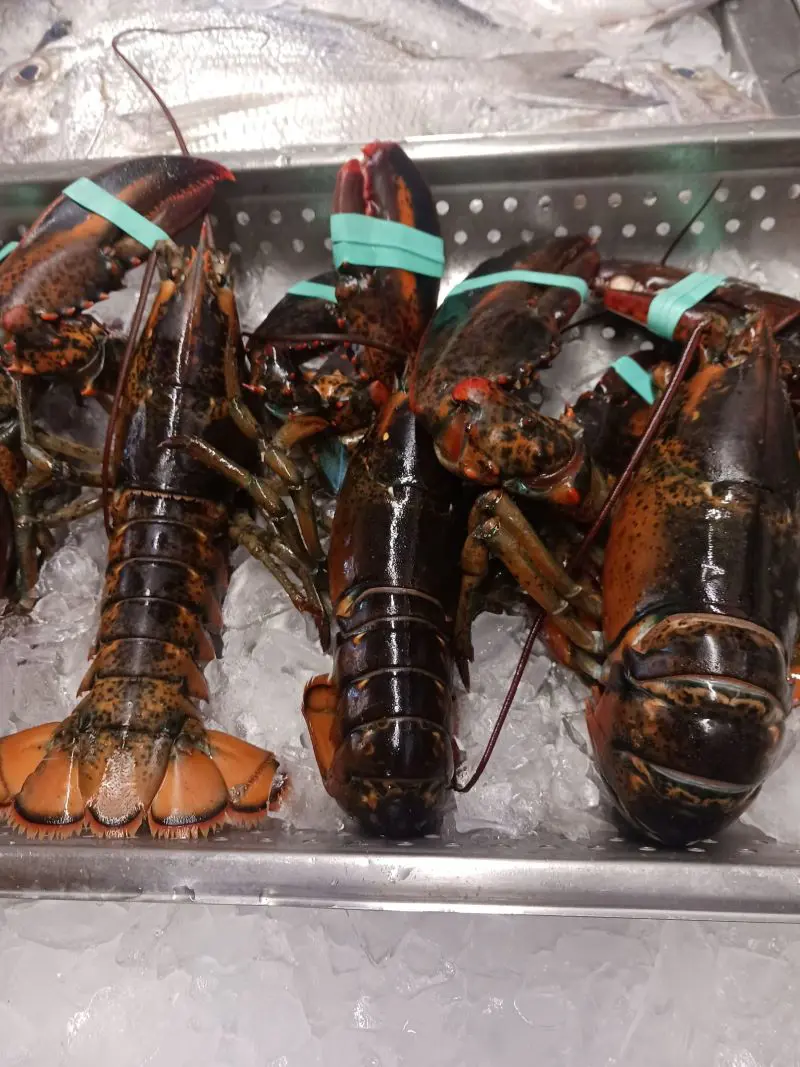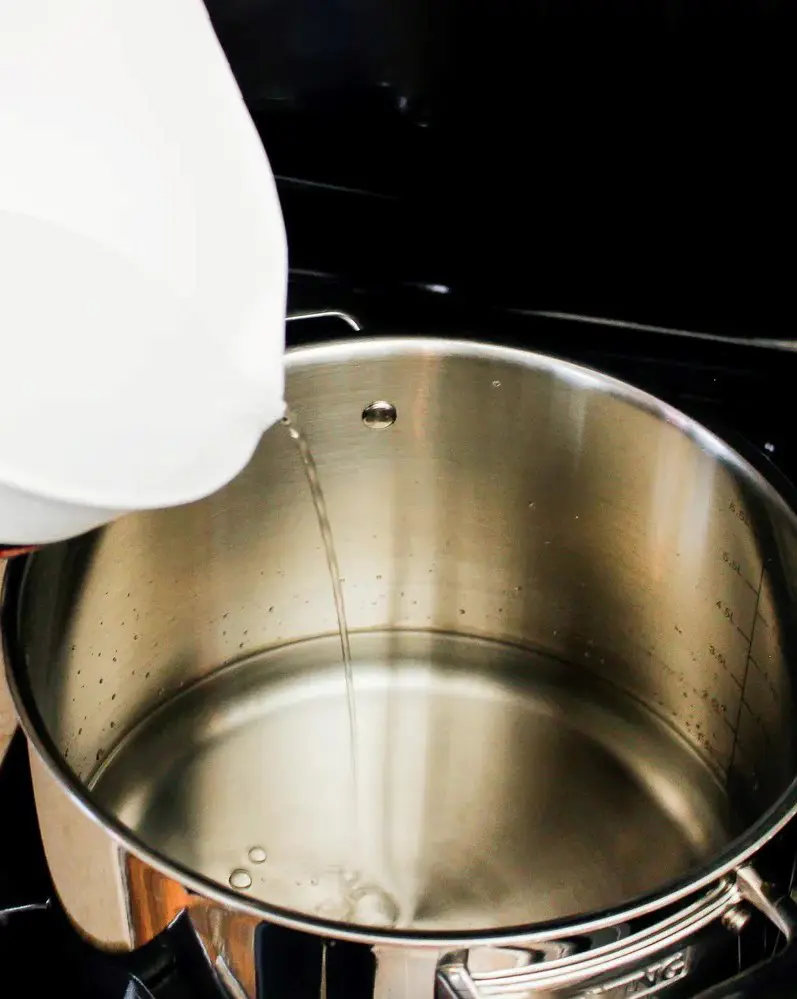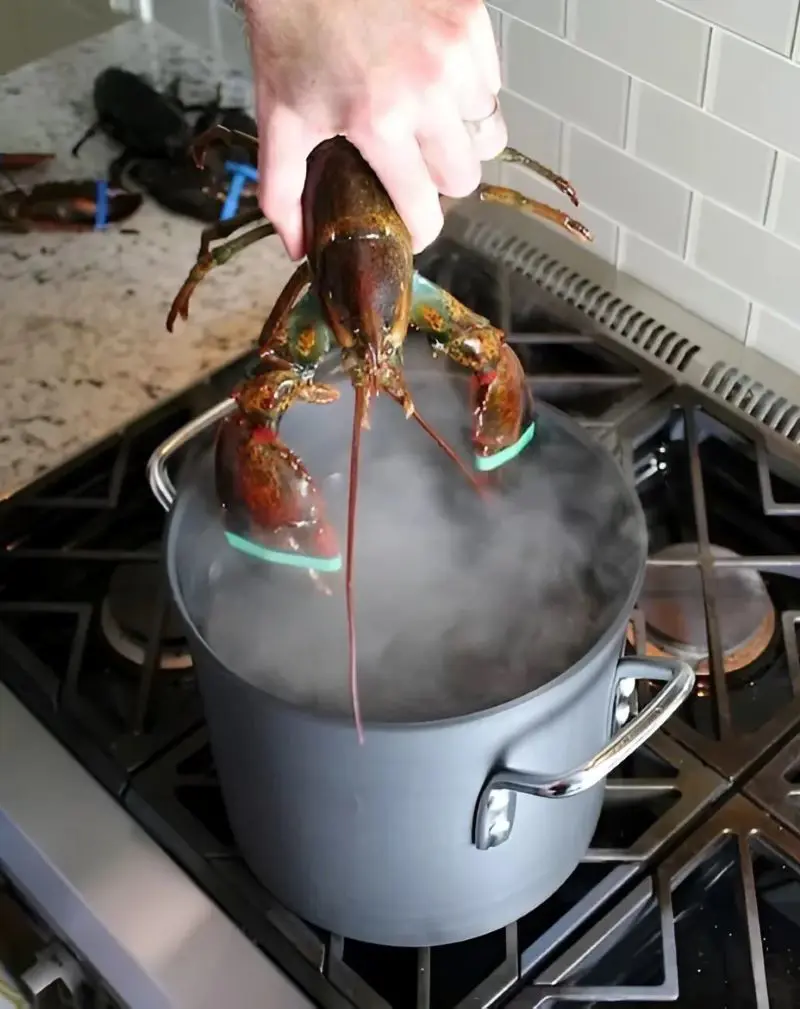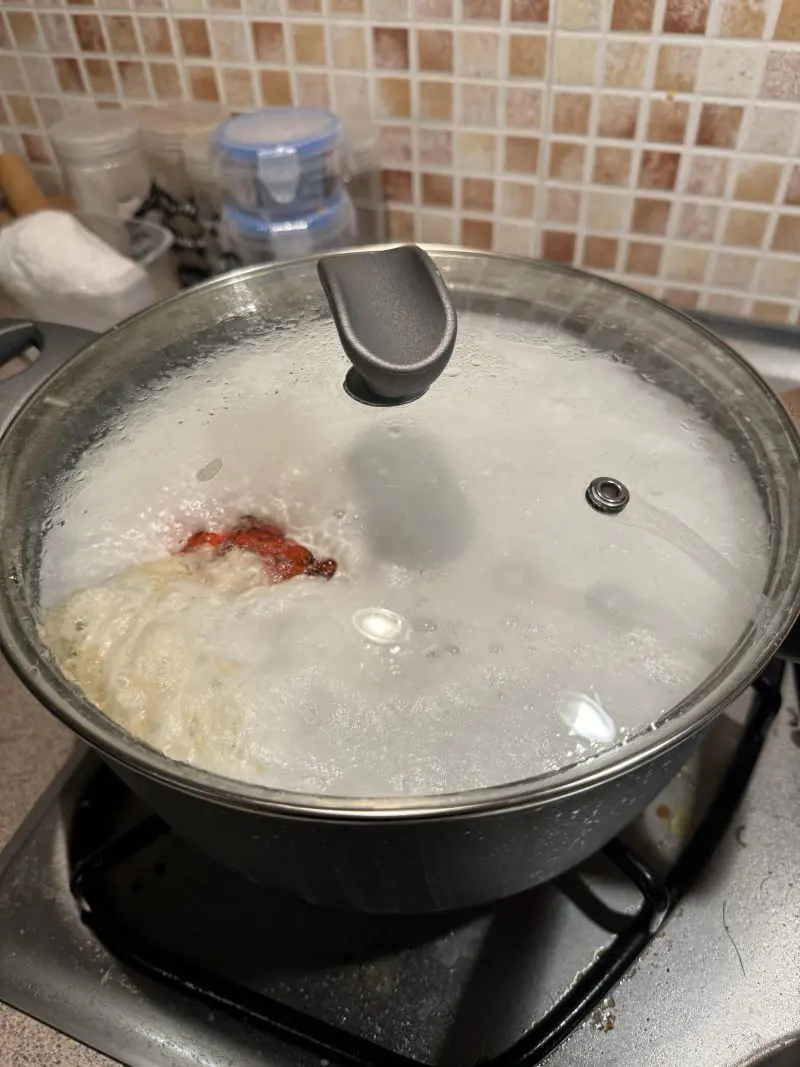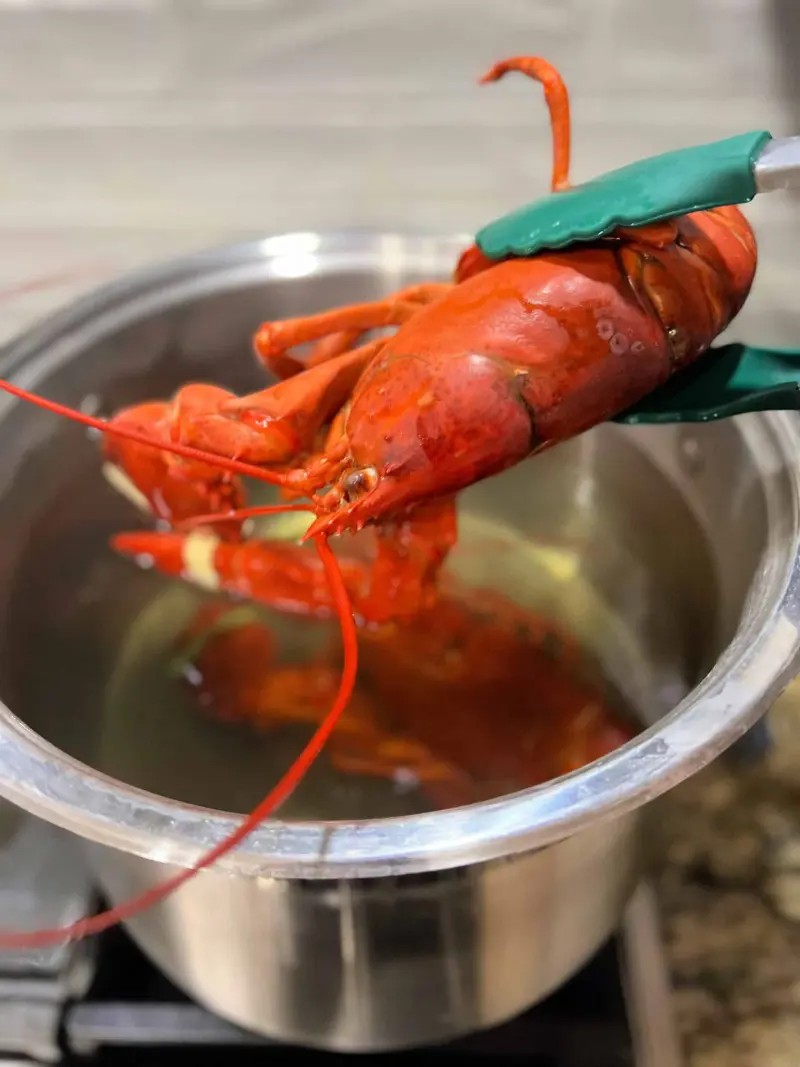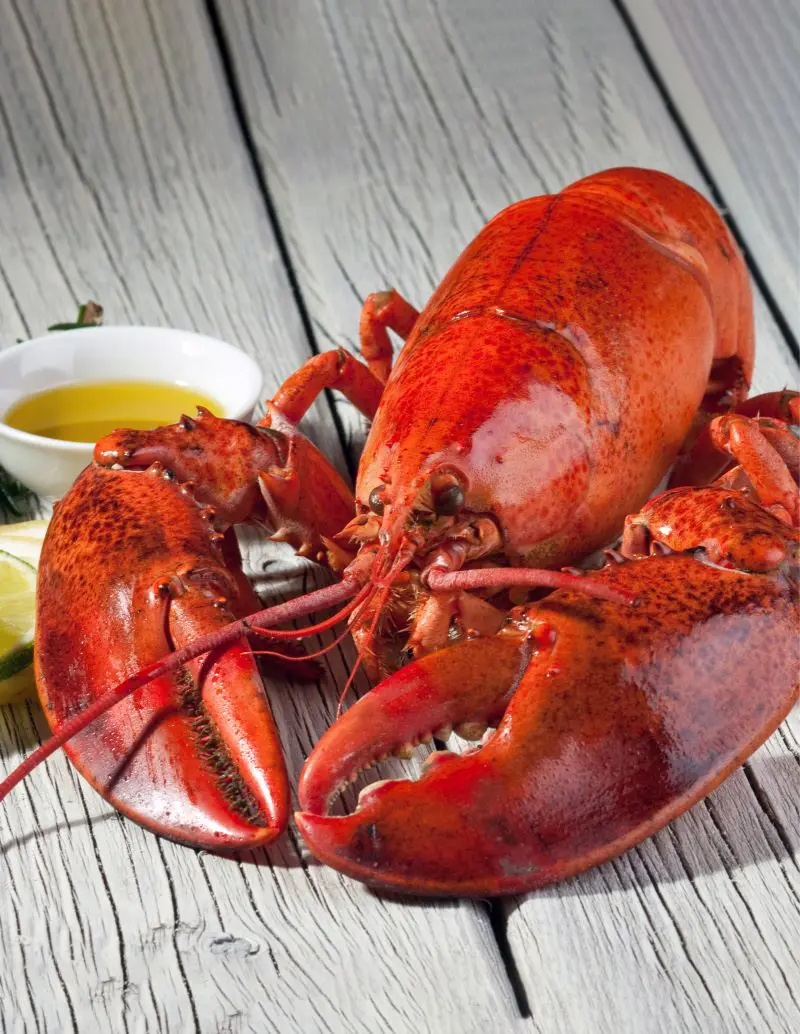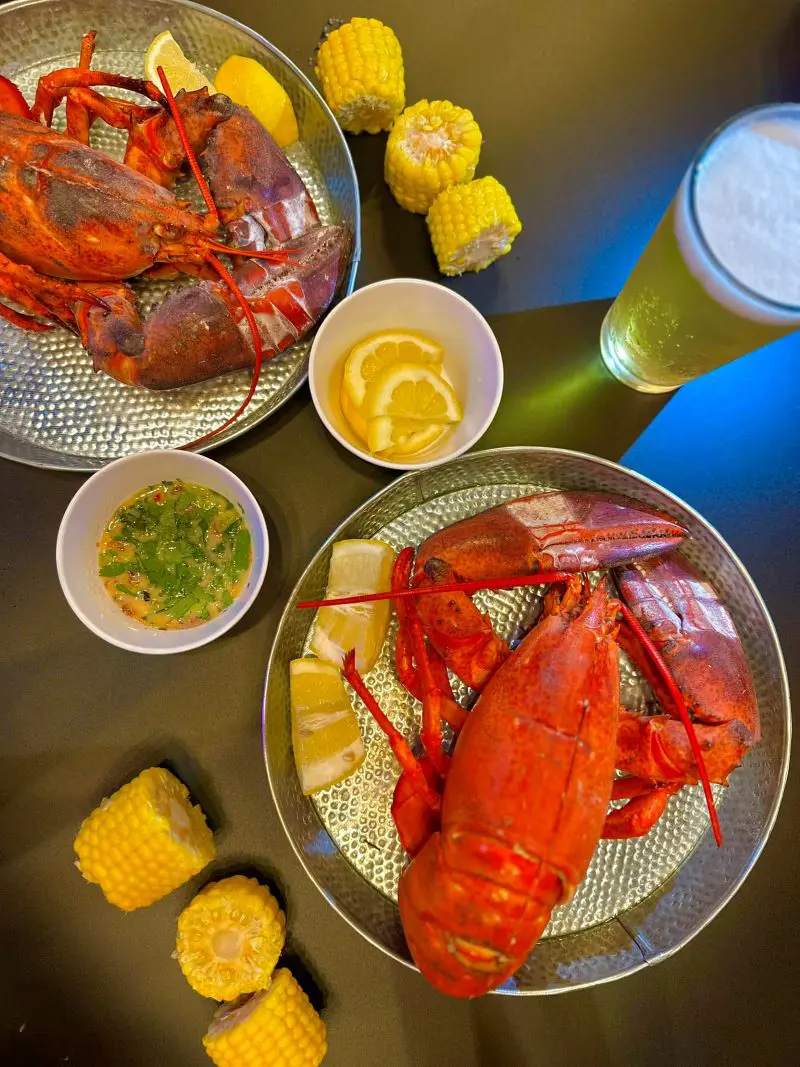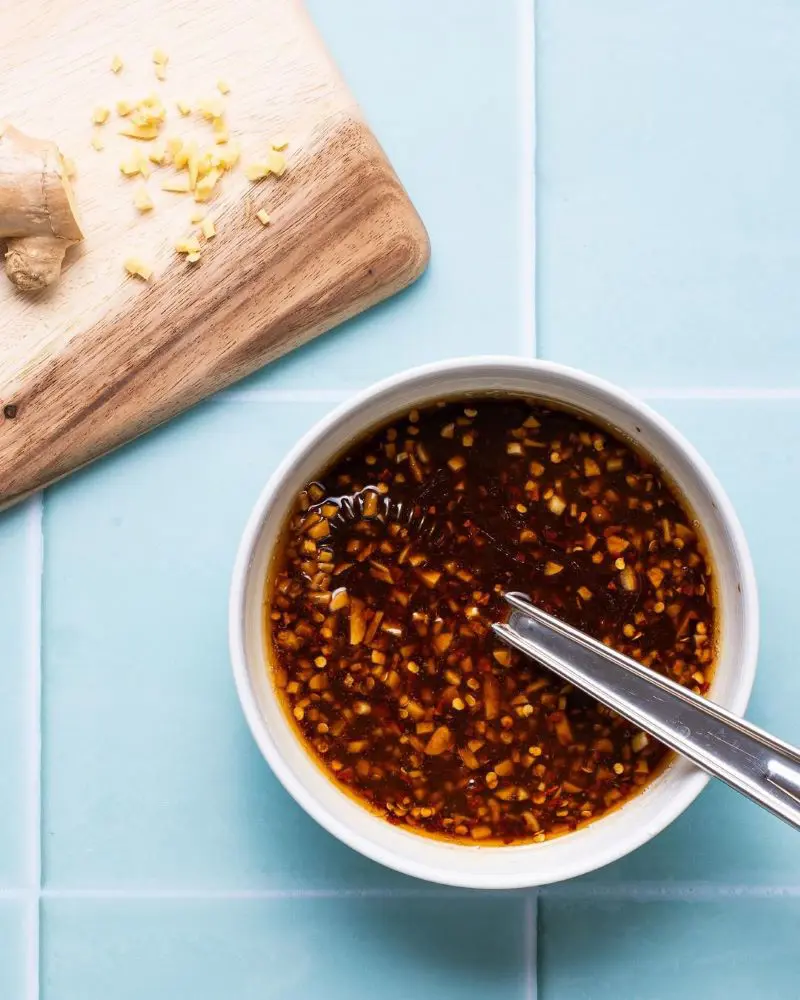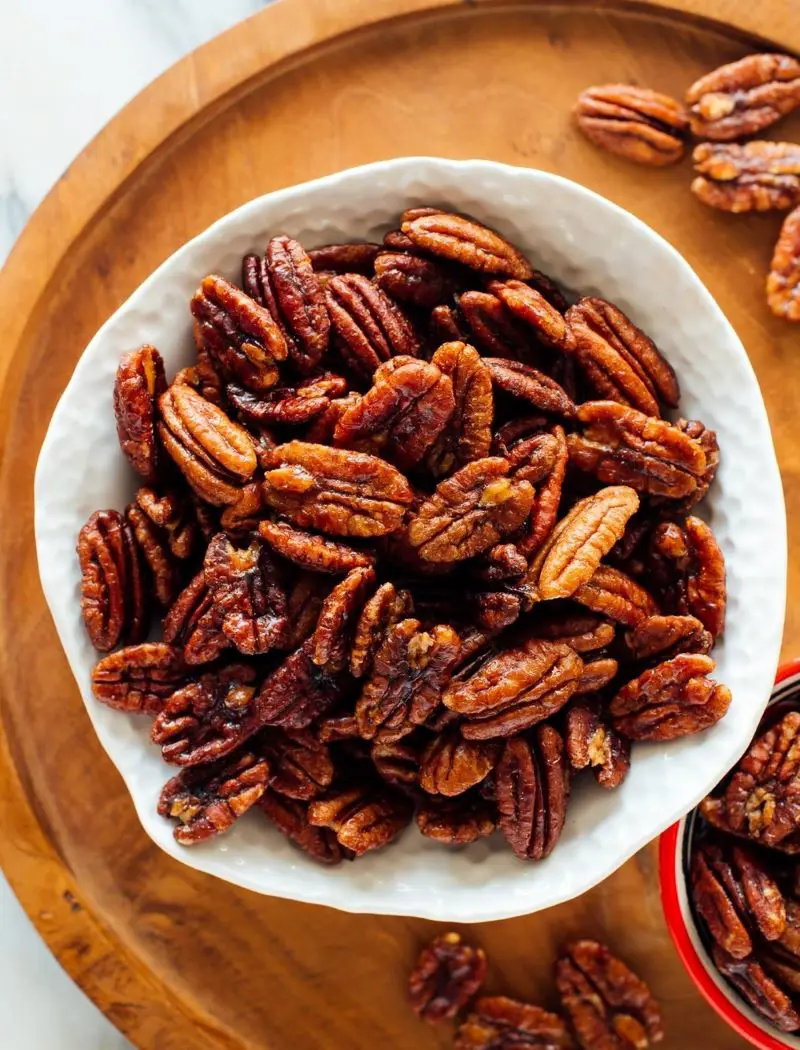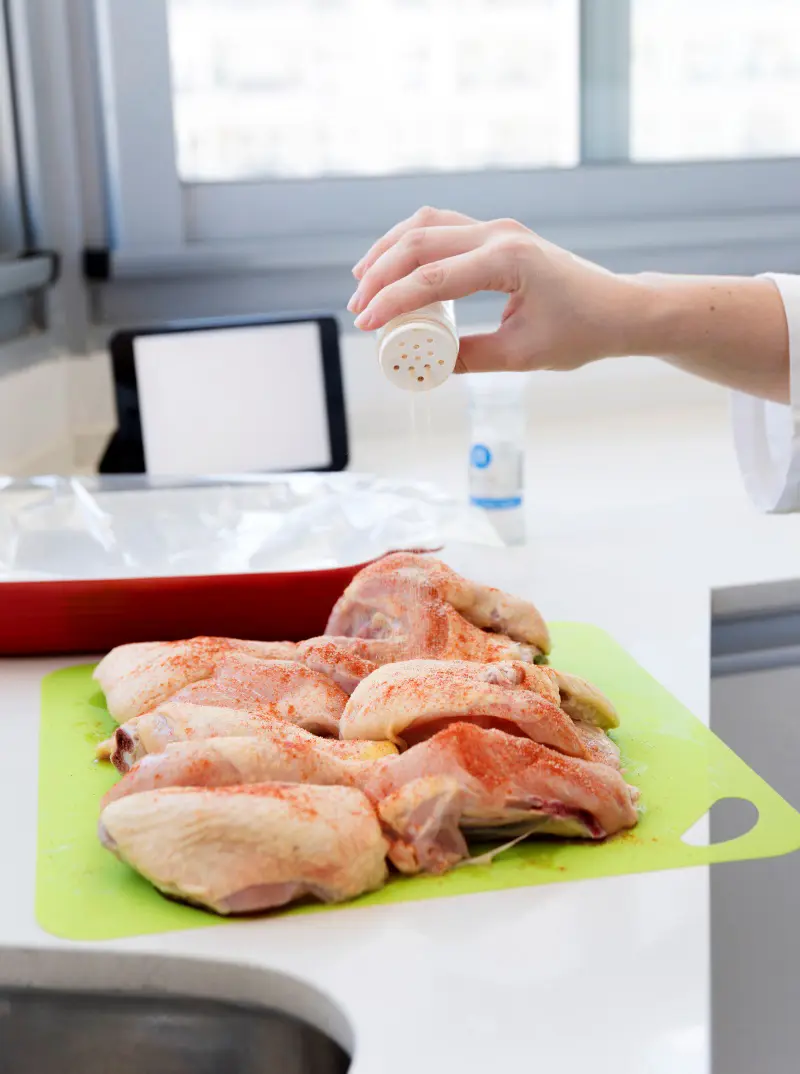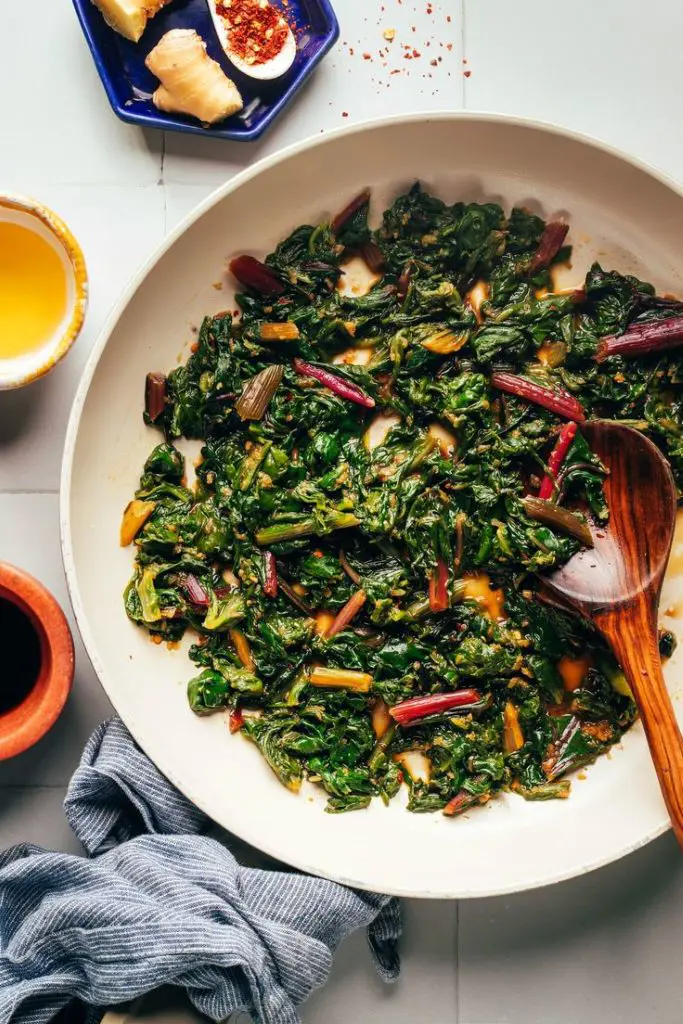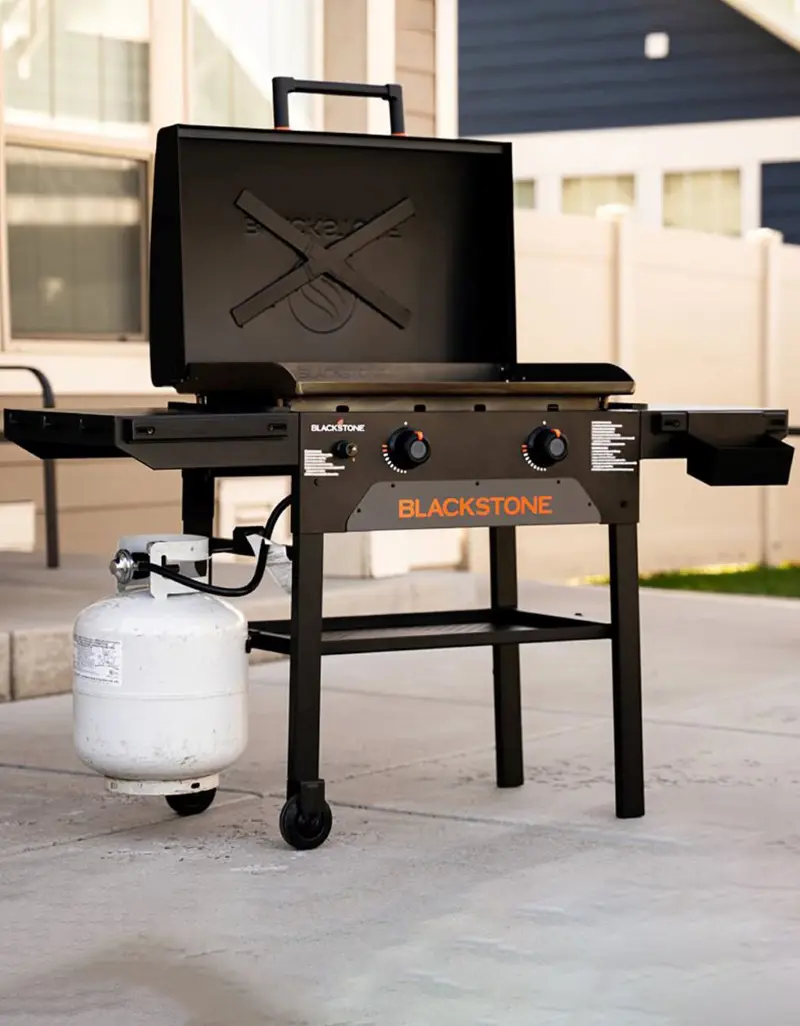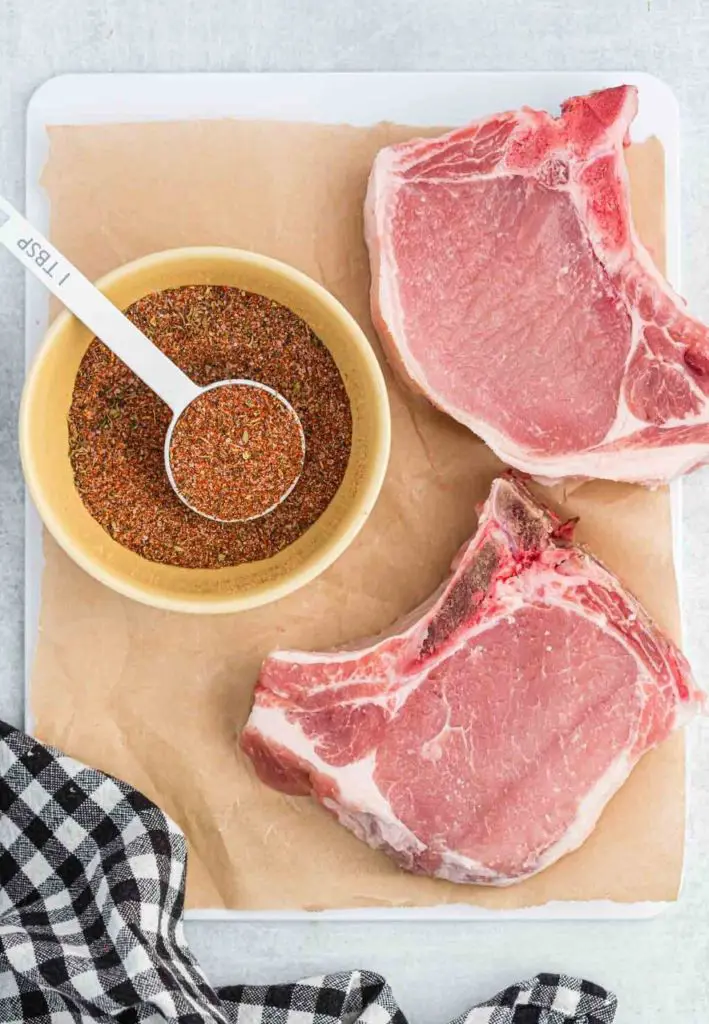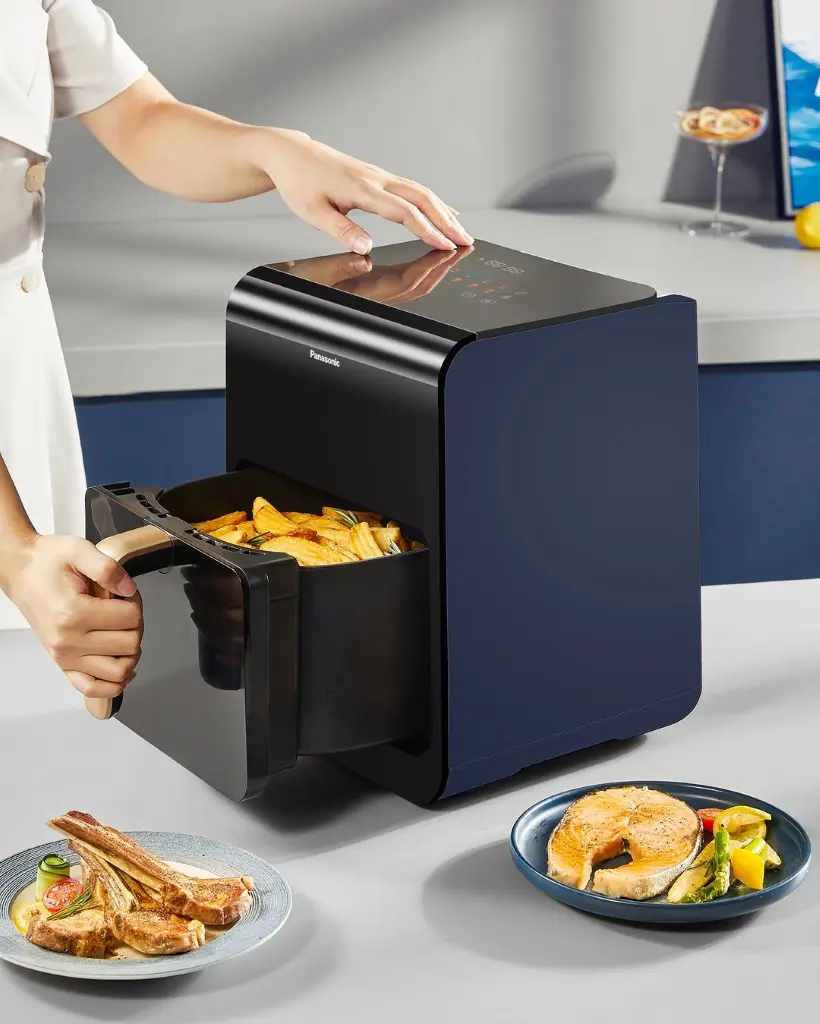Boiling lobster can be done in several variations to suit different tastes and preferences. Here are a few common methods:
Boiled Lobster with Aromatics
This variation introduces aromatics like bay leaves, lemon slices, garlic, and fresh herbs into the boiling water. These additions infuse the lobster with subtle flavors, enhancing its natural taste. The use of aromatics is a simple yet effective way to add depth and complexity to the dish without overpowering the lobster's intrinsic qualities.
Beer-Boiled Lobster
In this method, beer is added to the boiling water, either alone or in combination with water. The beer gives a slight malty sweetness and a unique depth of flavor to the lobster. Additional ingredients like butter and garlic can be included for a richer, more robust taste.
Spiced Boiled Lobster
For a spicier kick, this version incorporates seafood seasonings, such as Old Bay, into the boiling water. The spices infuse the lobster with a zesty, savory flavor, complementing its natural sweetness. This method is particularly popular in regions where seafood seasoning blends are a staple, adding a regional flair to the dish.
Boiled Lobster with Wine
Adding white wine to the boiling water enhances the lobster's flavor, bringing in a touch of acidity and highlighting its inherent sweetness. Herbs such as thyme or rosemary, along with garlic, are often included to deepen the taste.
This approach results in a more refined and elegant flavor, making it ideal for special occasions or an upscale dining experience.
Turn to Seafood Boil
Transform the lobster boil into a full seafood boil by adding shrimp, mussels, clams, and crab legs. You can also add corn, potatoes, and smoked sausage. This mix creates a hearty and flavorful feast, blending the rich tastes of various seafood with the comforting elements of vegetables and sausage.
